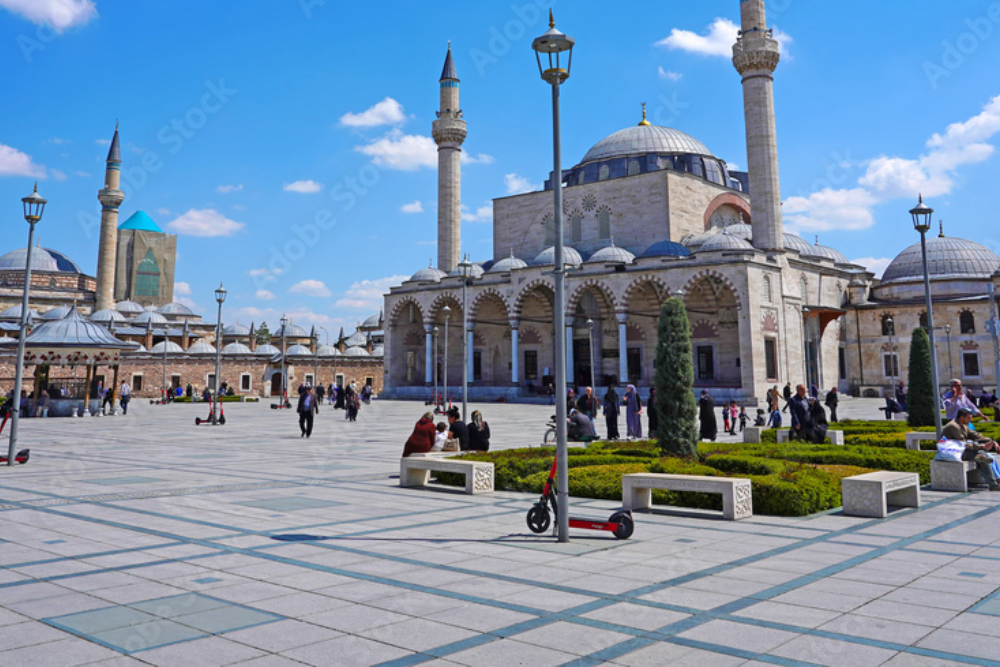Introduction
Konya is perhaps of Turkey’s most generally rich and socially critical city, known for its profound otherworldly legacy and design ponders. As the home of the renowned artist and savant Rumi, Konya draws in guests with its Mevlana Historical center, the sepulcher of Rumi, and the entrancing Spinning Dervish functions. The city is additionally prestigious for its Seljuk design, with destinations like the Alaeddin Mosque and the Ince Minaret Medrese offering looks into its superb past.
Mevlana Museum (Rumi’s Mausoleum)
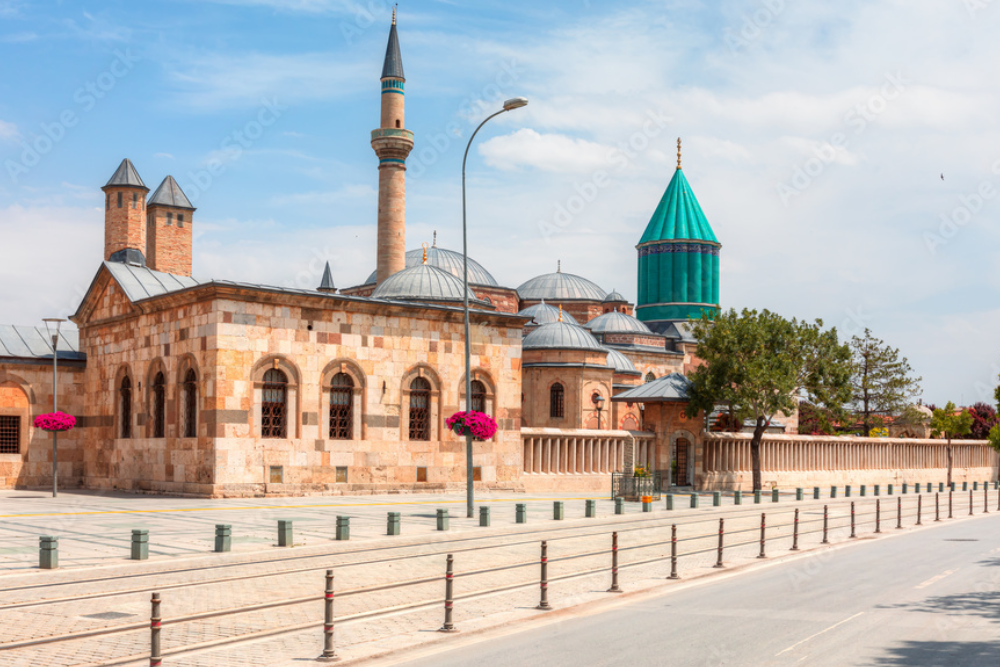
- The Mevlana Gallery is the core of Konya and a must-visit for anyone with any interest at all in the lessons of the well known savant and writer, Rumi. The sepulcher houses the burial place of Rumi and exhibits Islamic calligraphy, craftsmanship, and relics. It is likewise the site of the Spinning Dervishes, a hypnotizing otherworldly dance.
- Go to a Spinning Dervish function, which offers an otherworldly encounter of thoughtful dance.
Alaeddin Hill
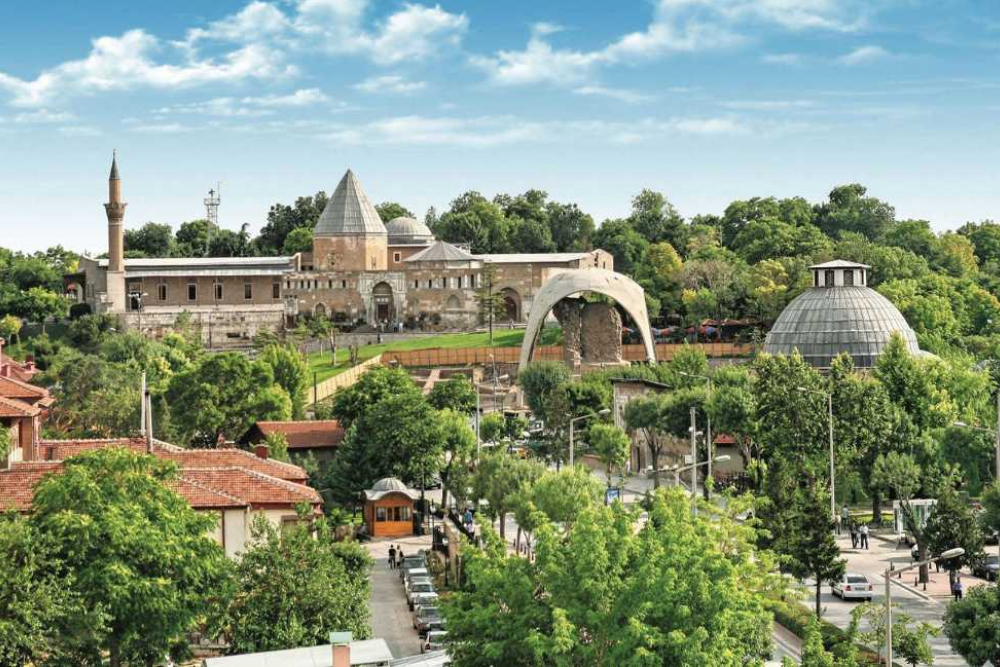
- Arranged in the focal point of the city, Alaeddin Slope is an extraordinary spot for all encompassing perspectives on Konya. The slope houses the Alaeddin Mosque, one of the city’s most seasoned and most lovely mosques.
- Partake in a quiet stroll around the slope’s park, and investigate the verifiable vestiges and the mosque.
Karatay Medrese
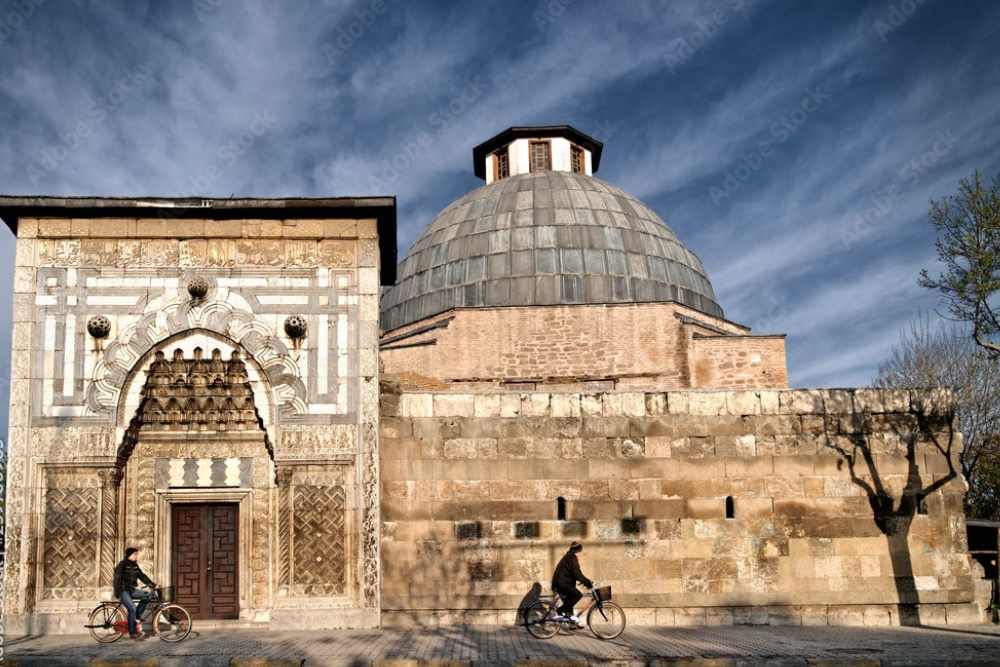
- This verifiable medrese (Islamic school) is a great illustration of Seljuk design, presently lodging the Gallery of Islamic Craftsmanship. It includes flawlessly enlivened tiles and relics from the Seljuk time frame.
- Investigate the gallery’s displays, including ceramics, materials, and noteworthy compositions.
Ince Minaret Medrese
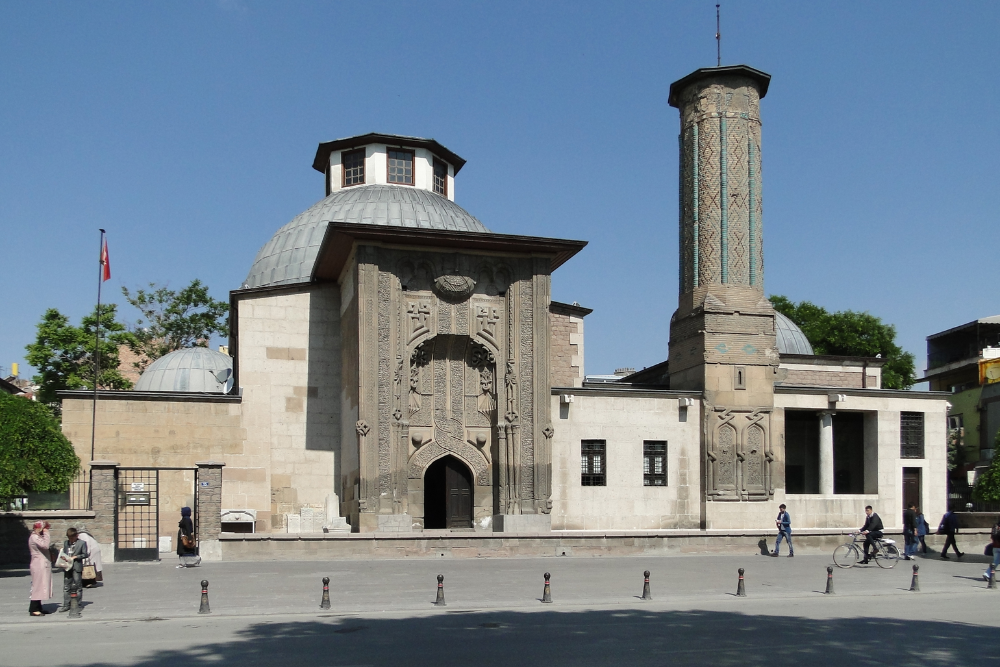
- A striking engineering structure, the Ince Minaret Medrese, is known for its luxurious tilework and transcending minaret. This building presently fills in as the Gallery of Wooden and Stone Cutting.
- Climb the minaret for a staggering perspective on Konya’s horizon.
Sille Villag
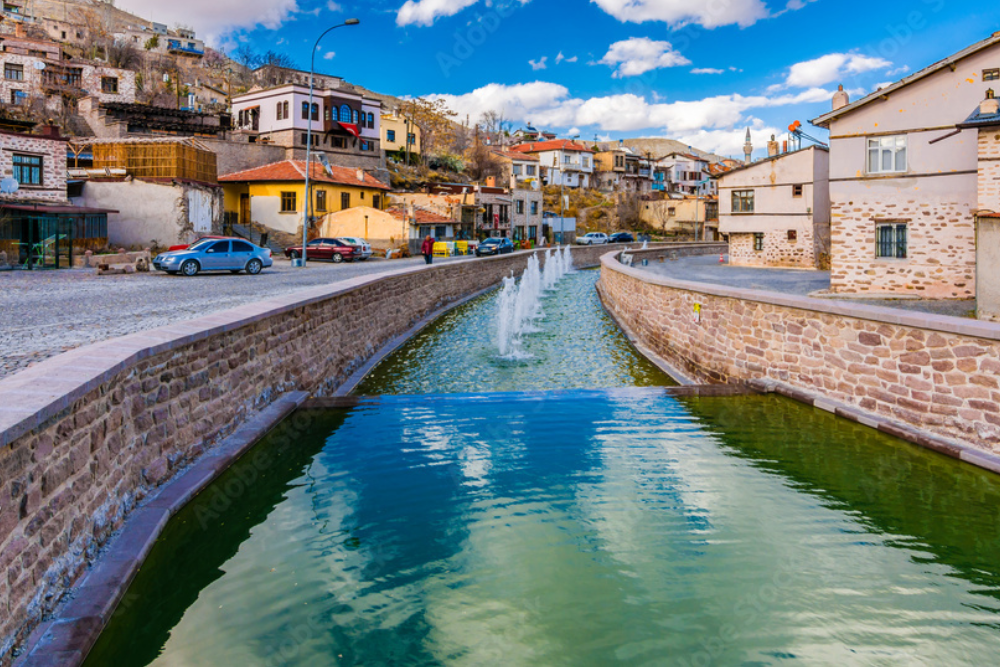
- Simply a short drive from Konya, Sille is a town brimming with history, old houses of worship, and a wonderful scene. The town’s verifiable designs, similar to the Aya Elena Church, are tokens of the locale’s multicultural past.
- Clear out around Sille, investigate its caverns and houses of worship, and partake in the tranquil country setting.
Meram Baglari (Meram Vineyards)
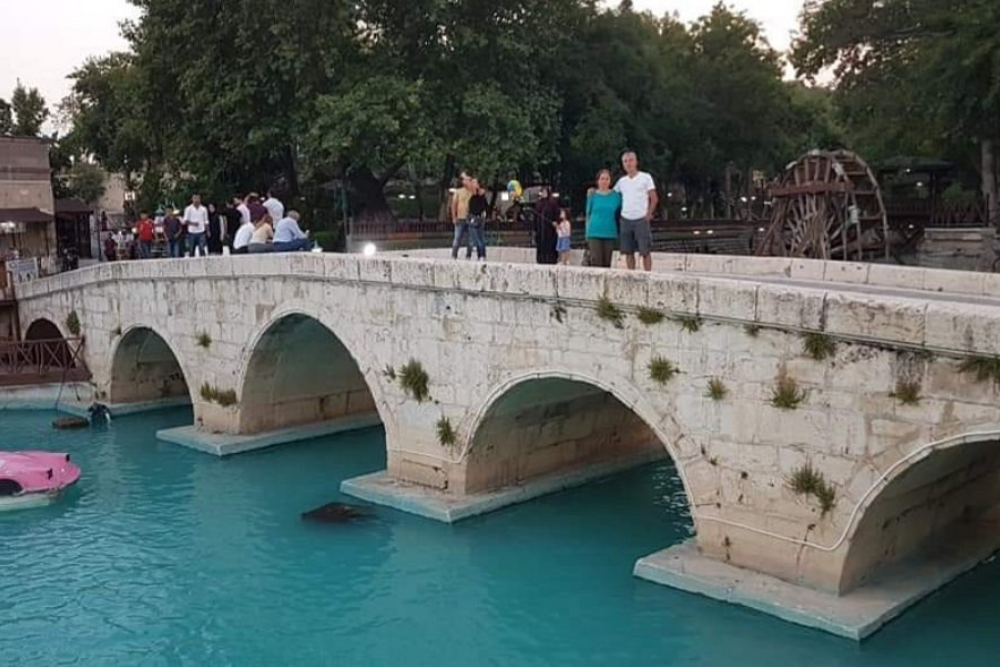
- Known for its lush gardens, streams, and traditional Turkish-style houses, Meram is an idyllic area for relaxation and enjoying local nature.
- Take a walk along the riverbanks, visit the tea gardens, or enjoy local foods in traditional restaurants.
Dos and Don’ts in Konya
Dos:
- Respect Local Traditions: Konya is a profoundly otherworldly city, particularly because of its association with the Sufi practice. While visiting strict destinations like the Mevlana Historical center, be aware of nearby traditions, and dress unassumingly.
- Visit the Whirling Dervish Ceremony: In the event that you have the open door, go to the Spinning Dervish service, a profound encounter held in Konya to respect Rumi and the Sufi custom.
- Try Local Cuisine: Taste Konya’s remarkable dishes, for example, etli ekmek (a kind of Turkish pizza), börek (baked good), and mevlana (a sort of sweet cake), which are nearby top choices.
Don’ts:
- Avoid Disrespecting Religious Practices: Konya is a city of Islamic importance, so stay away from ways of behaving that could be viewed as ill bred, particularly close to mosques or during petitioning heaven times.
- Don’t Miss the Local Etiquette: While visiting mosques or holy destinations, take off your shoes and stay away from clearly discussions. Be ready to cover your head, particularly on the off chance that you are a lady.
- Don’t Rush Through the Mevlana Museum: This is one of the main profound milestones in Konya. Take as much time as necessary to retain its set of experiences and importance and keep a deferential quietness.
Best time to reach in Konya
The best time to visit Konya is during spring (April to June) and autumn (September to November). Here’s why:
- Mild Weather: During these seasons, the weather conditions is OK with gentle temperatures, making it ideal for investigating the city’s authentic locales and encountering open air exercises.
- Cultural Events: Assuming that you visit in December, you can observer the Spinning Dervish Celebration held out of appreciation for Rumi’s passing, which is quite possibly of Konya’s most huge profound occasion.
- Avoiding Extreme Heat: Summers in Konya can be extremely blistering, with temperatures once in a while surpassing 40°C (104°F), so it’s ideal to try not to visit during July and August except if you can deal with the intensity.



